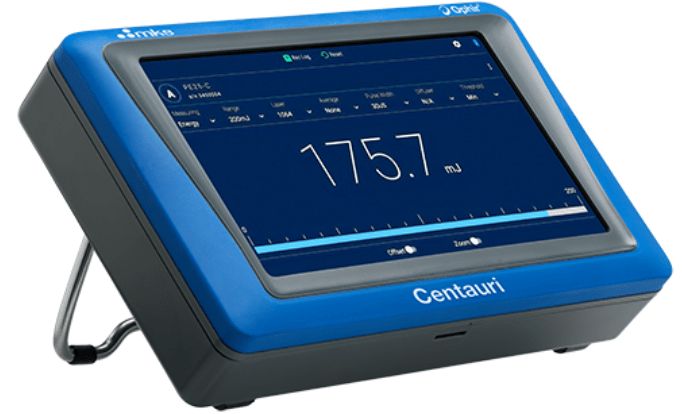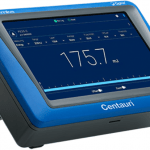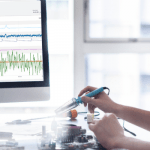You have your new laser power meter, so you can now get on with your work.
You’re confident that your laser measurements are accurate. You even know exactly HOW accurate; after all, the datasheet states the accuracy – a typical value could be ±3% (NIST traceable, 2-sigma…).
It’s right there, in the datasheet.
The sensor’s datasheet.
Um…
But what about the meter (display, or for that matter the PC Interface)? The meter is also part of the overall measurement instrument. What about its contribution to the overall measurement uncertainty? (We’re using the words “accuracy” and “uncertainty” a bit interchangeably – that’s not quite…accurate…but we’ll leave that aside for now.)
Yes, the meter is an electronic measurement device, and yes, it has a finite accuracy; it is, after all, made of matter… That means its uncertainty combines with the sensor’s uncertainty and becomes part of the overall bottom-line accuracy in your laser measurement. However…if we look at the specifications of any Ophir meter, we find that its electrical accuracy is typically ±0.25% new, and ±0.5% after 1 year.
That’s not a typo.
If we consider our new meter (electrical accuracy ±0.25%) connected to our above sensor (accuracy ± 3%), the new combined measurement accuracy (without going into the math) becomes ± 3.04%.
In other words, the contribution of the meter to the final overall measurement uncertainty is very small compared to that of the sensor. In fact, it’s basically negligible.












Leave a Reply
Your email address will not be published. Required fields are marked *